A patient goes to the doctor with a cold and sore throat and asks for antibiotics. The doctor refuses to prescribe antibiotics to the patient because the illness is caused by which of the following pathogens?
Fungus
Virus
Protist
Bacteria
Correct Answer : B
The doctor refuses to prescribe antibiotics to the patient because the illness is caused by a virus. The common cold is a viral infection of the upper respiratory tract. Antibiotics are not effective against viral infections and are only used to treat bacterial infections.
The other options are not correct because they do not accurately describe the cause of the common cold and sore throat. Fungus, protist, and bacteria are not the pathogens responsible for causing the common cold.
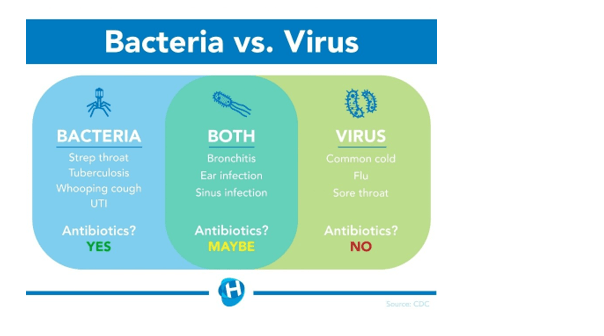
TEAS 7 Exam Quiz Bank
HESI A2 Exam Quiz Bank
Find More Questions 📚
Teas 7 Questions: We got the latest updated TEAS 7 questions
100% Money Refund: 100% money back guarantee if you take our full
assessment pass with 80% and fail the actual exam.
Live Tutoring: Fully customized live tutoring lessons.
Guaranteed A Grade: All students who use our services pass with 90%
guarantee.
Related Questions
Correct Answer is D
Explanation
Most of the carbon dioxide from the blood moves into the alveoli by diffusion down a concentration gradient ¹. Carbon dioxide is always carried in the blood and is released into alveolar air during expiration ¹. Respiratory gases move from higher concentration to lower concentration ¹. In alveolar air, when carbon dioxide is less than in blood, carbon dioxide is released ¹.
The other options are incorrect because they do not accurately describe the process by which most of the carbon dioxide from the blood moves into the alveoli. Passive transport using carrier proteins, active transport using energy, and conversion to carbon monoxide is not the processes responsible for moving most of the carbon dioxide from the blood into the alveoli.
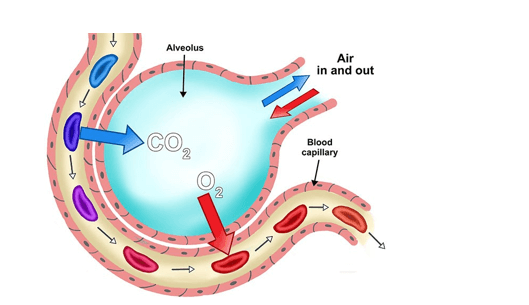
Correct Answer is D
Explanation
The tibia and fibula are located in the crural region of the body, which is the lower leg between the knee and ankle. The coxal region refers to the hip area, the antecubital region is the front of the elbow, and the tarsal region is the ankle and foot.
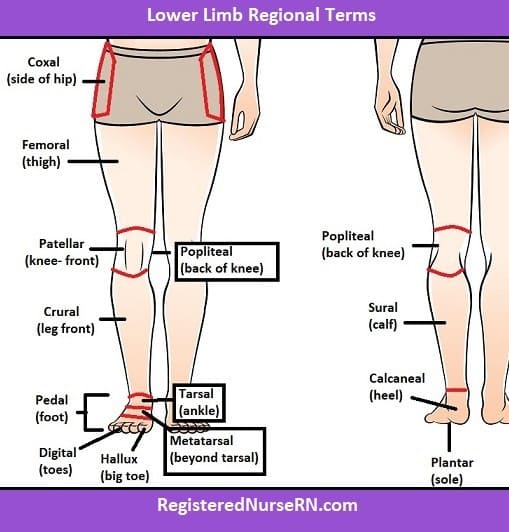
Correct Answer is C
Explanation
The organ that filters excess solutes from the blood is the kidney ¹. The kidneys are a pair of bean-shaped organs located on either side of the spine, just below the rib cage ². They are responsible for filtering waste products and excess fluid from the blood and excreting them in the form of urine ².
The other options are not correct because they do not accurately describe the organ that filters excess solutes from the blood. The stomach, spleen, and gallbladder do not filter excess solutes from the blood.
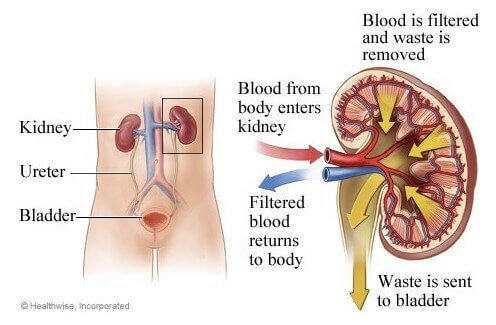
Correct Answer is C
Explanation
The correct answer is c. Fibrinogen. Fibrinogen is a protein present in blood plasma that plays a key role in blood clotting. When an injury occurs and bleeding begins, fibrinogen is converted into fibrin, which forms a mesh-like structure that helps to trap blood cells and form a clot.
A. Monocytes are a type of white blood cell, not a protein present in blood plasma.
B. Platelets are cell fragments that play a role in blood clotting, but they are not a protein present in blood plasma.
D. Lymphocytes are a type of white blood cell, not a protein present in blood plasma.
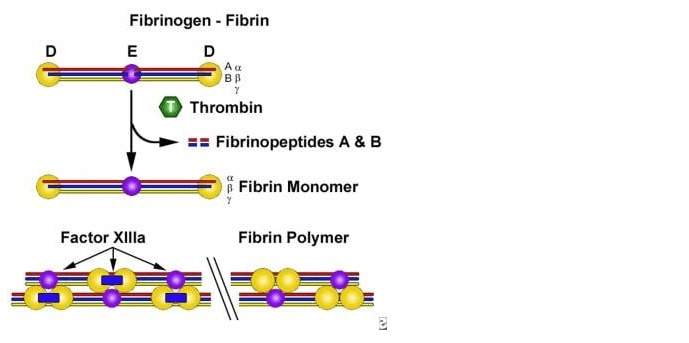
Correct Answer is B
Explanation
A change that takes place as a solid turns to a liquid is that particles become less ordered ¹. When a solid is heated, its particles gain energy and begin to vibrate more rapidly ². As the temperature increases, the particles gain enough energy to overcome the forces holding them in place and begin to move more freely
². This results in a loss of order as the solid melts and becomes a liquid.
The other options are not correct because they do not accurately describe a change that takes place as a solid turns to a liquid. Particles do not have a decrease in mobility, move closer together, or experience stronger intermolecular forces between them as a solid turns to a liquid.
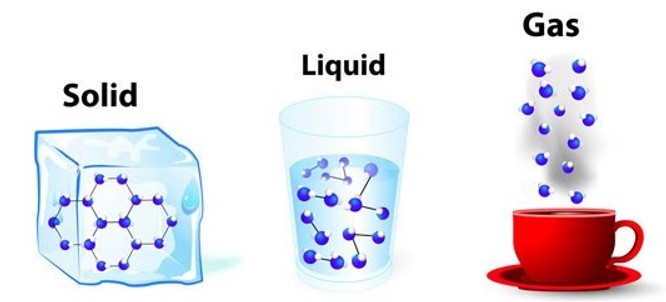
Correct Answer is B
Explanation
The correct answer is b. Peptide bonds. Enzymes are proteins, and proteins are made up of amino acid monomers linked together by peptide bonds. A peptide bond is a covalent bond that forms between the carboxyl group of one amino acid and the amino group of another amino acid.
a. Ester bonds are covalent bonds that form between a carboxylic acid and an alcohol.
c. Phosphodiester bonds are covalent bonds that form between a phosphate group and two hydroxyl
groups.
d. Glycosidic bonds are covalent bonds that form between two monosaccharides.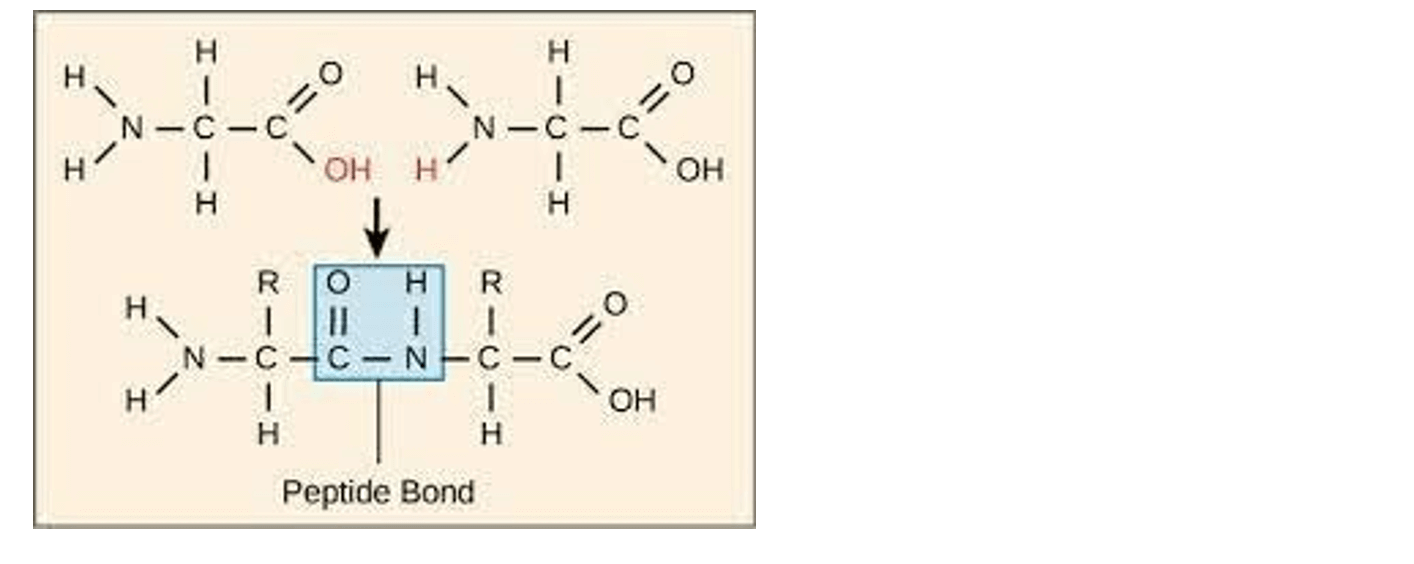
Correct Answer is D
Explanation
The apocrine gland is a component of the integumentary system that secretes pheromones. Pheromones are chemical signals that are released by an individual and can affect the behavior or physiology of other individuals of the same species.
The other options are not components of the integumentary system that secrete pheromones. The fossa ovalis is a depression in the interatrial septum of the heart, the seminiferous tubule is a structure in the testes where sperm are produced, and the dermal papilla is a structure at the base of a hair follicle that provides nutrients to the hair.
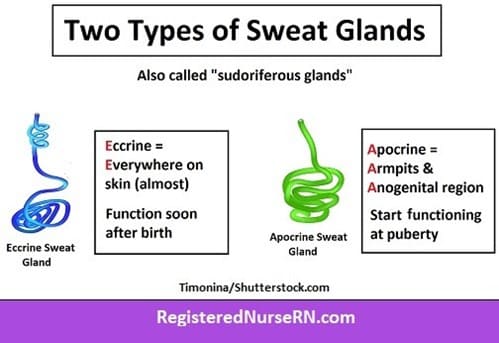
Correct Answer is A
Explanation
To accurately measure the density of a series of small irregular solids made of plastic, wood, fiberglass, and glass, a student will need a graduated cylinder, water, and a weighing balance. The student can use the water displacement method to determine the volume of each solid by measuring the volume of water displaced when the solid is submerged in a graduated cylinder filled with water. The mass of each solid can be measured using a weighing balance. The density can then be calculated by dividing the mass by the volume.
The other options are not correct because they do not provide the necessary tools to accurately measure the density of the solids. A spectrophotometer is used to measure light absorption and is not necessary for measuring density. A graduated beaker is less accurate than a graduated cylinder for measuring volume. A Bunsen burner is used for heating and is not necessary for measuring density.
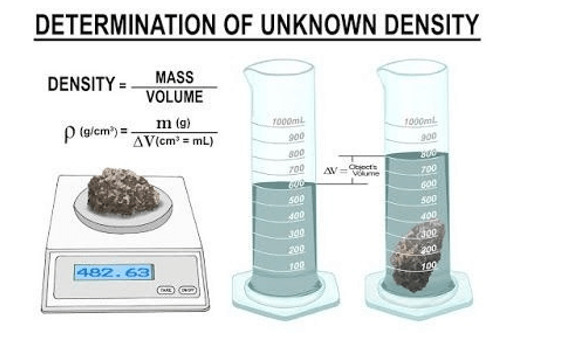
Correct Answer is B
Explanation
The layer of skin that lacks blood vessels is the epidermis. The epidermis is the thin outer layer of the skin and does not have any blood vessels within it. It is composed of keratinized, stratified squamous epithelium and is made of four or five layers of epithelial cells, depending on its location in the body.
The other options are not correct because they do contain blood vessels. The papillary layer is part of the dermis, which contains blood vessels. The reticular layer is also part of the dermis and contains blood vessels . The hypodermis is a layer below the dermis and also contains blood vessels.
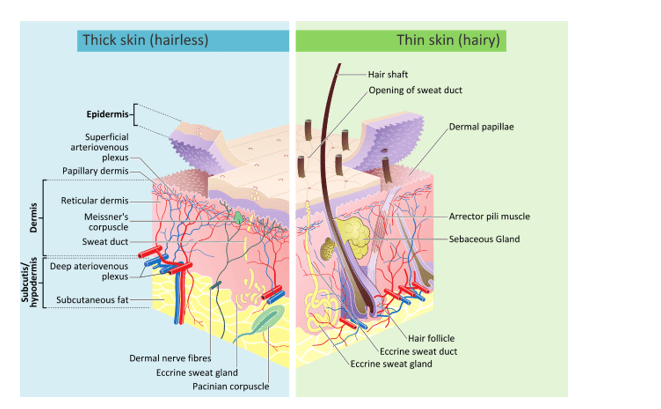
Correct Answer is A
Explanation
The myelin sheath is a protective membrane that wraps around parts of certain nerve cells.
Its fatty-protein coating provides protective insulation for your nerve cell like the plastic insulation covering that encases the wires of an electrical cord ².
This allows the electrical impulses to travel quickly and efficiently between one nerve cell and the next. The other options are incorrect because they do not describe the functions of the myelin sheath.
Regeneration, sensory perception, and nutrition are not functions performed by the myelin sheath for a nerve cell.
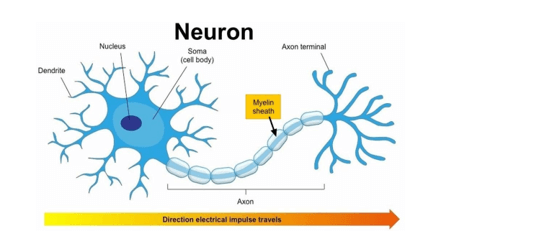
This question was extracted from the actual TEAS Exam. Ace your TEAS exam with the actual TEAS 7 questions, Start your journey with us today
Visit Naxlex, the Most Trusted TEAS TEST Platform With Guaranteed Pass of 90%.
Money back guarantee if you use our service and fail the actual exam. Option of personalised live tutor on your area of weakness.
